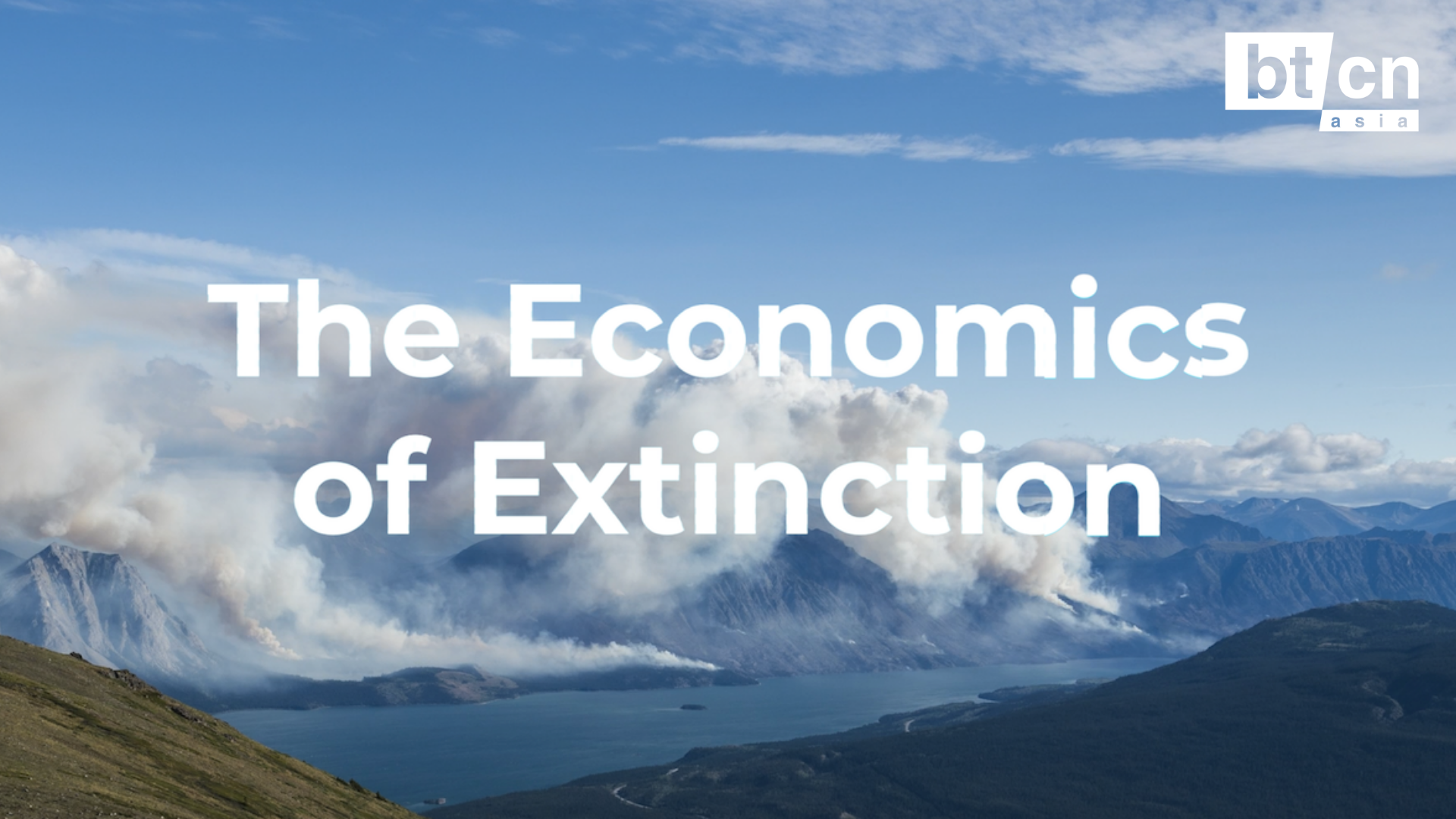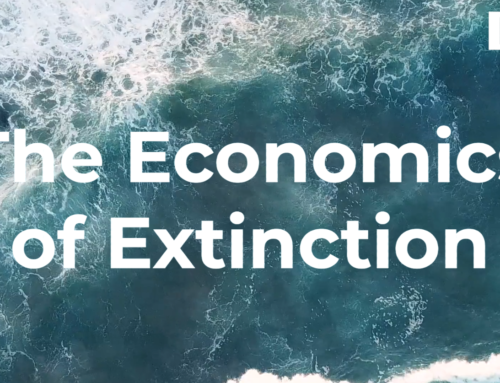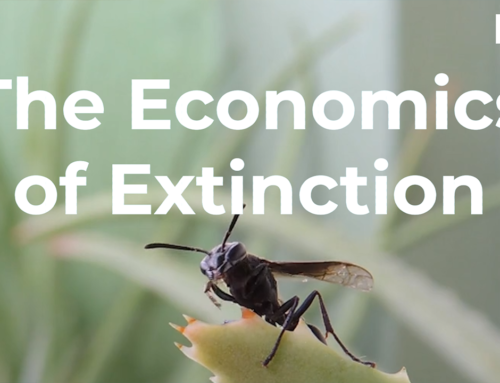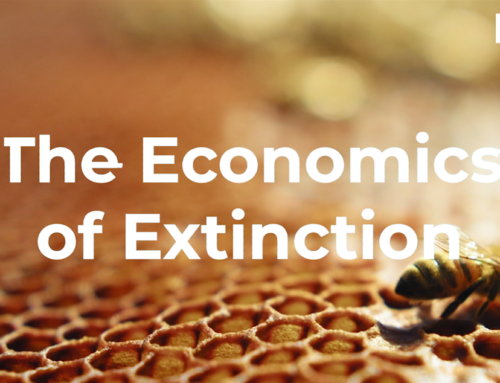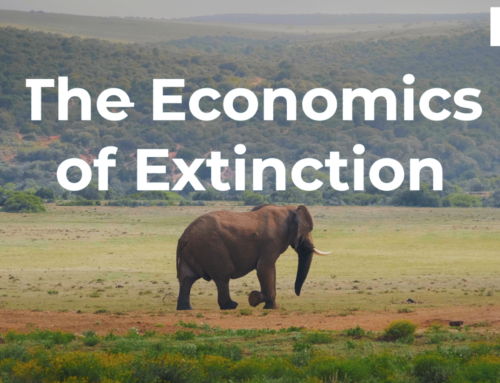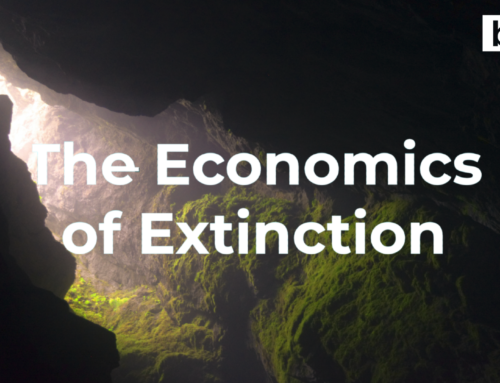Welcome to The Economics of Extinction. Our new series on the cost of conservation, but from the other side of the equation. If everything has a cost, to conserve or destroy then what is an animal or an entire ecosystem worth on a spreadsheet? We begin with orangutans.
What is the economics of orangutan extinction?
Many would argue it’s complex, and it is for so many reasons. But it’s also ironically simple when put in the context of our relentless push for profit at all costs.
While it’s hard to calculate the precise cost, body and soul of a single orangutan, we can estimate very accurately the value of their unique jungle habitat – which as their sole habitat on Earth for all intents and purposes means we can equate land value to orangutan value.
Here’s a rough calculation:
Assuming we equate land to orangutans, we take the sale or long-term lease value of one average hectare of typical orangutan jungle habitat (est. US$1,500.00 +/-) which is a one-time sunk cost. Divide by the average density of orangutans that either live there, or potentially would (if it’s in an area adjacent to an existing habitat (eg. 3 orangutans). Meaning each orangutan’s share of land is worth roughly $500.00.
Take the average palm oil yield per hectare (avg. 8 tonnes) x the average value of palm oil per tonne (roughly US$3,900) = US$31,200/annum.
While local labour costs, weather, or length of time it takes a particular hectare to mature and yield that amount will vary, potentially to an agro-business company on a spreadsheet: 1 hectare of palm oil costs 65 orangutans in the first year alone. A number which will only increase over time after the sunk land cost has depreciated.
That of course raises the much bigger question:
What is the existential cost of not conserving an individual orangutan, or at scale its entire species, or at global scale, the jungle in which it lives? We’ve only just scratched the surface, but that’s the real economics of extinction.

